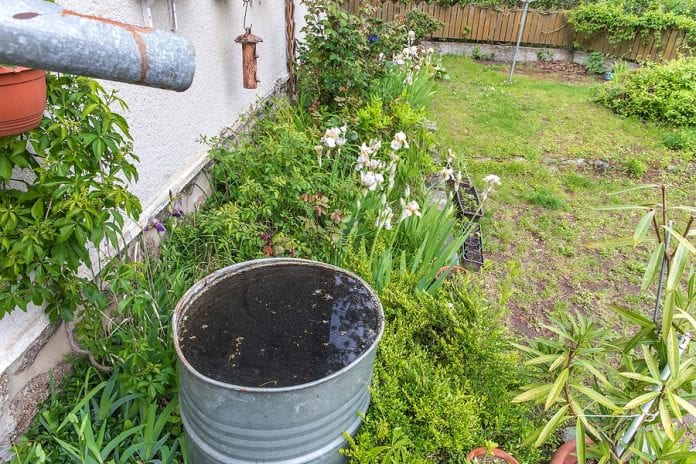In a survival situation where water is scarce, it also becomes one of the main priorities. Water is arguably the most important resource to have access to, not just for drinking and staying hydrated but for boiling, cooking, sanitizing and medical needs among many others. While searching for water in ponds, streams and rivers is something that most people have a plan to do in a worst-case scenario, sometimes, the weather can be so hot that the reserves dry up, leaving you to then need to tap into wells or find another way to access water.
Collecting Rainwater
Collecting rainwater is a topic that is commonly discussed in prepper communities. After all, water is quite literally falling from the sky in a boundless way, leaving you plenty of access to it when you need it. Back in the day, collecting rainwater on farms and then filtering it for use was a fairly common process, but in the modern age where most people have access to clean water just by turning on a spigot, this is a skill that many have forgotten.
Even so, resources remain from those processes of yesteryear, and many of those processes have been passed down in literature from the times that preppers have accessed and adopted, making their own changes here and there to accommodate modern needs. You won’t need to filter rainwater for everything; naturally, anything in your garden will benefit from just allowing the unfiltered rain to shower down upon them, but for domestic use, filtering and cleaning it before using it is imperative.
How to Filter Rainwater
For preppers looking to save money on expensive water filters and instead go for the tried and true method of the past, books on the topic seem to all give a similar list of steps for you to take:
- Secure a new barrel that has not yet been used for anything.
- Position it on a raised brick or a stone.
- Put a faucet near the bottom.
- Create a tight, false bottom somewhere between three and four inches from the bottom.
- Puncture it with small gimlet holes.
- Cover it with a clean, white canvas material.
Additional Steps for Collecting Rainwater
Once the exterior of the barrel has been created, there are additional steps to fill in the actual barrel that will provide the filtration:
- Put a three- or four-inch-thick layer of clean pebbles on the bottom; layer on cleaned and washed gravel and sand; finally, apply coarsely granulated charcoal that is approximately pea size.
- Pound down the charcoal firmly. Continue to place more in the tub until it has been filled near a foot toward the top.
- Add another layer of pebbles three inches thick.
- Place the canvas strainer on top, and remove it to wash when necessary.
As you can see, not only is properly collecting rainwater an important skill to have, it is not at all difficult to do once you have the right materials. Consider setting up a filtration barrel in advance when making other preparations.










